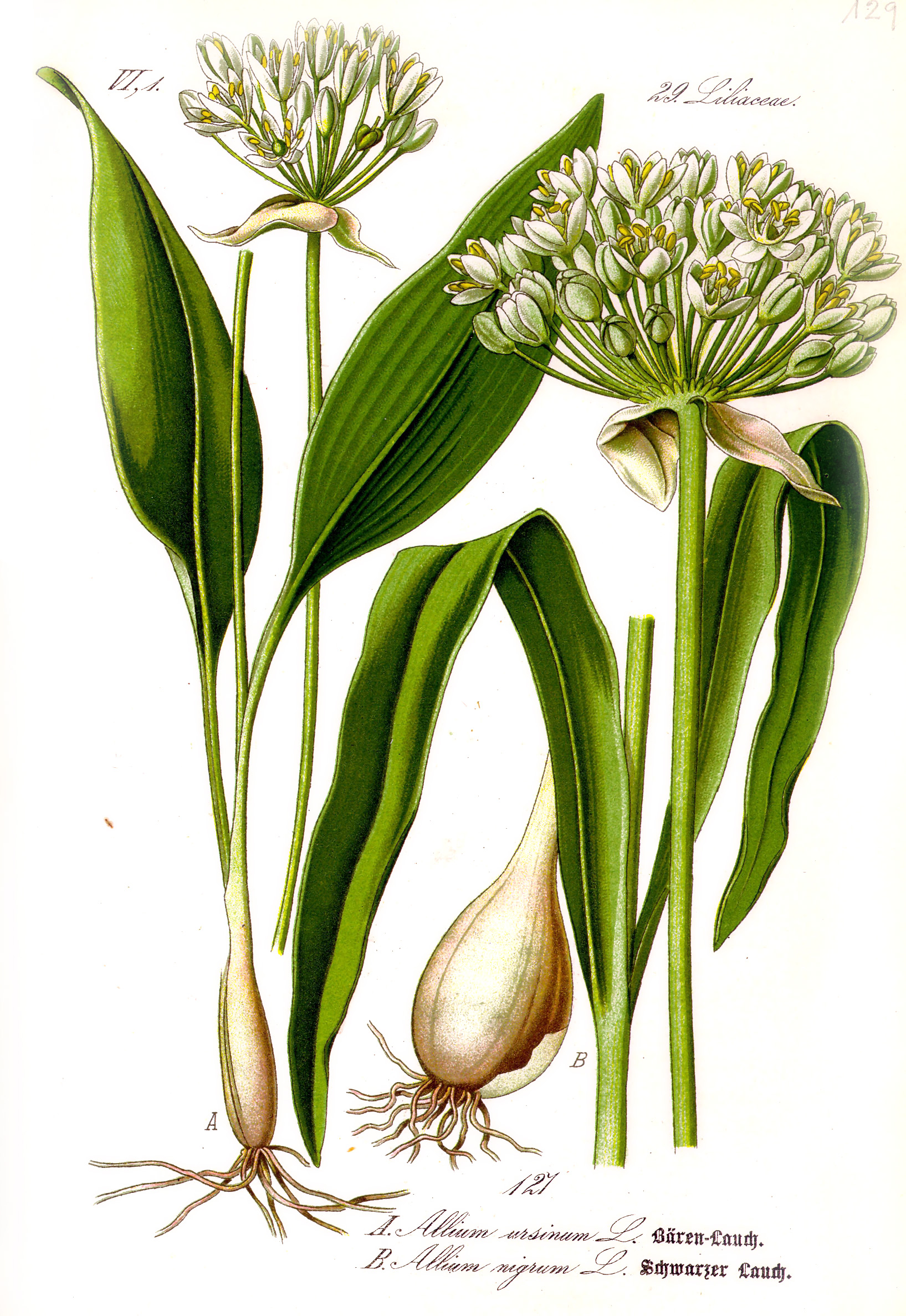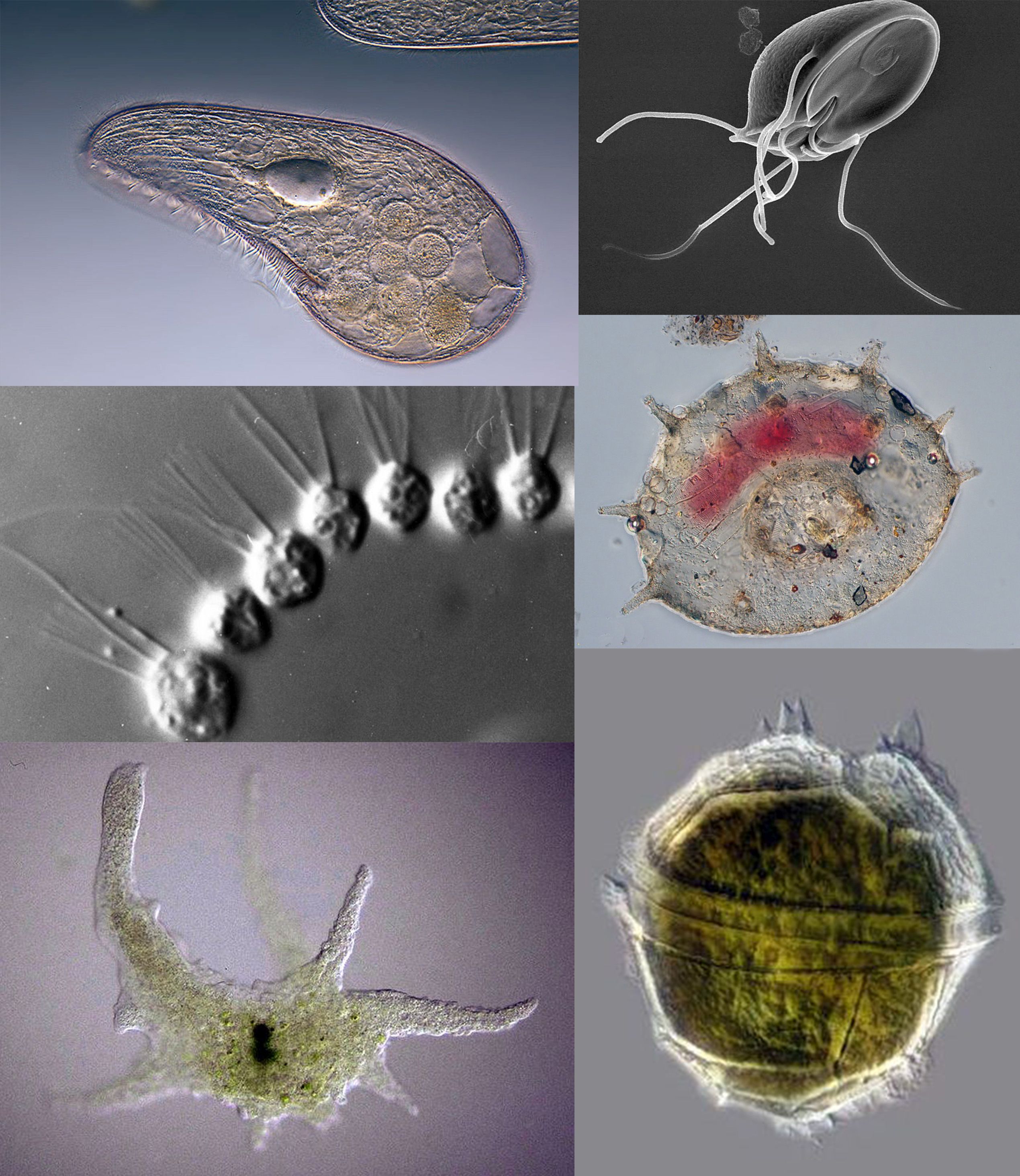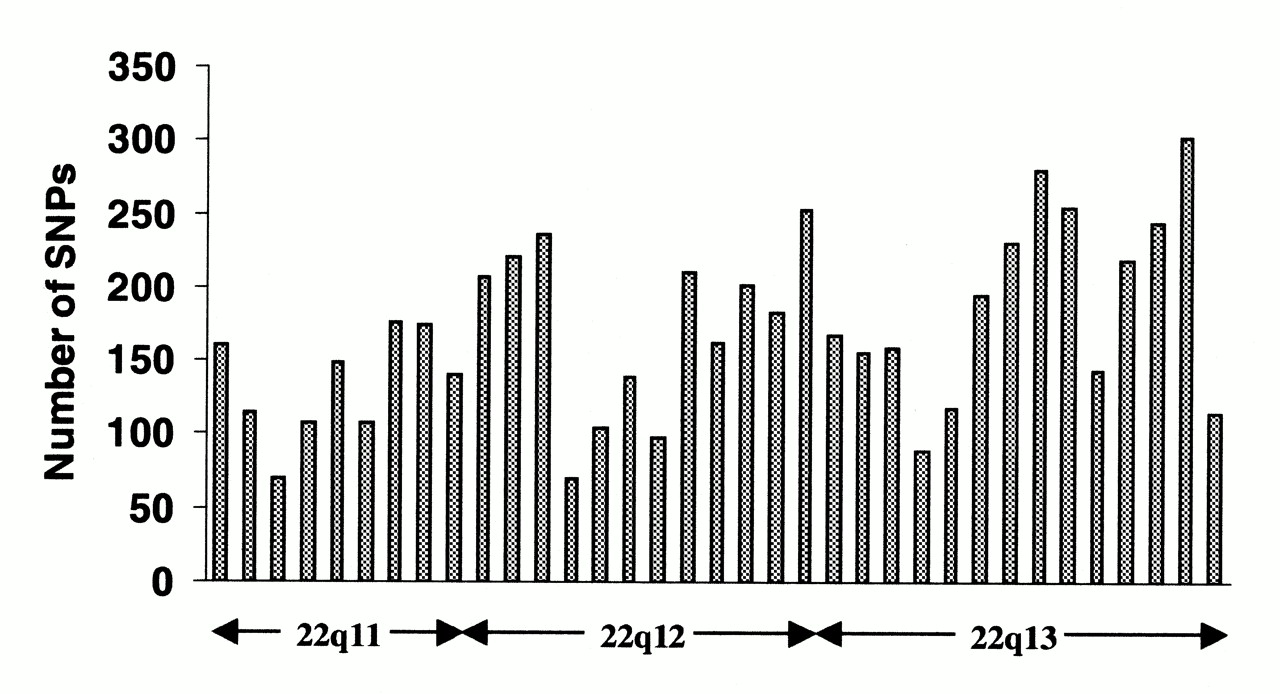|
Onion Test
The onion test is a way of assessing the validity of an argument for a functional role for junk DNA. It relates to the paradox that would emerge if the majority of eukaryotic non-coding DNA were assumed to be functional and the difficulty of reconciling that assumption with the diversity in genome sizes among species. The term "onion test" was originally proposed informally in a blog post by T. Ryan Gregory in order to help clarify the debate about junk DNA. The term has been mentioned in newspapers and online media, scientific journal articles, and a textbook. The test is defined as: The onion test is a simple reality check for anyone who thinks they have come up with a universal function for junk DNA. Whatever your proposed function, ask yourself this question: Can I explain why an onion needs about five times more non-coding DNA for this function than a human?Onions and their relatives vary dramatically in their genome sizes, without changing their ploidy, and this gives an except ... [...More Info...] [...Related Items...] OR: [Wikipedia] [Google] [Baidu] |
Junk DNA
Junk DNA (non-functional DNA) is a DNA sequence that has no known biological function. Most organisms have some junk DNA in their genomes—mostly pseudogenes and fragments of transposons and viruses—but it is possible that some organisms have substantial amounts of junk DNA. All protein-coding regions are generally considered to be functional elements in genomes. Additionally, non-protein coding regions such as genes for ribosomal RNA and transfer RNA, regulatory sequences, origins of replication, centromeres, telomeres, and scaffold attachment regions are considered as functional elements. (See Non-coding DNA for more information.) It is difficult to determine whether other regions of the genome are functional or nonfunctional. There is considerable controversy over which criteria should be used to identify function. Many scientists have an evolutionary view of the genome and they prefer criteria based on whether DNA sequences are preserved by natural selection. Oth ... [...More Info...] [...Related Items...] OR: [Wikipedia] [Google] [Baidu] |
Allium Ursinum
''Allium ursinum'', known as wild garlic, ramsons, cowleekes, cows's leek, cowleek, buckrams, broad-leaved garlic, wood garlic, bear leek, Eurasian wild garlic or bear's garlic, is a bulbous perennial flowering plant in the amaryllis family, Amaryllidaceae. It is native to Eurasia, where it grows in moist woodland.GRIN-CA , Agriculture and Agri-Food Canada It is a wild relative of and , all belonging to the same genus, ''''. There are two recognized subspecies: ''A. ursinum'' subsp. ''ursinum ... [...More Info...] [...Related Items...] OR: [Wikipedia] [Google] [Baidu] |
John Mattick
John Stanley Mattick (born 1950, Sydney) is an Australian molecular biologist known for his efforts to assign function to non-coding DNA. Mattick was the executive director of the Garvan Institute of Medical Research from 2012 to 2018. He joined Genomics England in May 2018 as chief executive officer. In October 2019, he joined the University of New South Wales in Sydney. Career Mattick received his high school education at St Patrick's College Strathfield. He obtained his Bachelor of Science degree from the University of Sydney and his PhD in biochemistry from Monash University. Subsequently, he worked at Baylor College of Medicine in Houston, the CSIRO Division of Molecular Biology in Sydney, and the University of Queensland, where he was based between 1988 and 2012. Mattick has also worked at the Universities of University of Cambridge, Cambridge, University of Oxford, Oxford, University of Cologne, Cologne and University of Strasbourg, Strasbourg. He was Foundation Director ... [...More Info...] [...Related Items...] OR: [Wikipedia] [Google] [Baidu] |
Polyploidy
Polyploidy is a condition in which the cells of an organism have more than two paired sets of ( homologous) chromosomes. Most species whose cells have nuclei (eukaryotes) are diploid, meaning they have two complete sets of chromosomes, one from each of two parents; each set contains the same number of chromosomes, and the chromosomes are joined in pairs of homologous chromosomes. However, some organisms are polyploid. Polyploidy is especially common in plants. Most eukaryotes have diploid somatic cells, but produce haploid gametes (eggs and sperm) by meiosis. A monoploid has only one set of chromosomes, and the term is usually only applied to cells or organisms that are normally diploid. Males of bees and other Hymenoptera, for example, are monoploid. Unlike animals, plants and multicellular algae have life cycles with two alternating multicellular generations. The gametophyte generation is haploid, and produces gametes by mitosis; the sporophyte generation is diploid and p ... [...More Info...] [...Related Items...] OR: [Wikipedia] [Google] [Baidu] |
Ewan Birney
John Frederick William Birney (known as Ewan Birney) (born 6 December 1972) is Executive Director of the European Molecular Biology Laboratory (EMBL). He also serves as non-executive director of Genomics England, chair of the Global Alliance for Genomics and Health (GA4GH) and honorary professor of bioinformatics at the University of Cambridge. Birney has made significant contributions to genomics, through his development of innovative bioinformatics and computational biology tools. He previously served as an associate faculty member at the Wellcome Trust Sanger Institute. Education Birney was privately educated at Eton College as an Oppidan Scholar. Before going to University, Birney completed a gap year internship at Cold Spring Harbor Laboratory supervised by James Watson and Adrian Krainer. Birney completed his Bachelor of Arts degree in Biochemistry at the University of Oxford in 1996, where he was an undergraduate student at Balliol College, Oxford. He completed his ... [...More Info...] [...Related Items...] OR: [Wikipedia] [Google] [Baidu] |
Selective Advantage
In biology, adaptation has three related meanings. Firstly, it is the dynamic evolutionary process of natural selection that fits organisms to their environment, enhancing their evolutionary fitness. Secondly, it is a state reached by the population during that process. Thirdly, it is a phenotypic trait or adaptive trait, with a functional role in each individual organism, that is maintained and has evolved through natural selection. Historically, adaptation has been described from the time of the ancient Greek philosophers such as Empedocles and Aristotle. In 18th and 19th-century natural theology, adaptation was taken as evidence for the existence of a deity. Charles Darwin and Alfred Russel Wallace proposed instead that it was explained by natural selection. Adaptation is related to biological fitness, which governs the rate of evolution as measured by changes in allele frequencies. Often, two or more species co-adapt and co-evolve as they develop adaptations that interl ... [...More Info...] [...Related Items...] OR: [Wikipedia] [Google] [Baidu] |
Protozoa
Protozoa (: protozoan or protozoon; alternative plural: protozoans) are a polyphyletic group of single-celled eukaryotes, either free-living or parasitic, that feed on organic matter such as other microorganisms or organic debris. Historically, protozoans were regarded as "one-celled animals". When first introduced by Georg Goldfuss, in 1818, the taxon Protozoa was erected as a class within the Animalia, with the word 'protozoa' meaning "first animals", because they often possess animal-like behaviours, such as motility and predation, and lack a cell wall, as found in plants and many algae. This classification remained widespread in the 19th and early 20th century, and even became elevated to a variety of higher ranks, including phylum, subkingdom, kingdom, and then sometimes included within the paraphyletic Protoctista or Protista. By the 1970s, it became usual to require that all taxa be monophyletic (derived from a common ancestor that would also be regarded as protozo ... [...More Info...] [...Related Items...] OR: [Wikipedia] [Google] [Baidu] |
Chives
Chives, scientific name ''Allium schoenoprasum'', is a species of flowering plant in the family Amaryllidaceae. A perennial plant, ''A. schoenoprasum'' is widespread in nature across much of Eurasia and North America. It is the only species of ''Allium'' native to both the New and the Old Worlds. The leaves and flowers are edible. Chives are a commonly used herb and vegetable with a variety of culinary uses. They are also used to repel insects. Description Chives are a bulb-forming herbaceous perennial plant, growing to tall. The bulbs are slender, conical, long and broad, and grow in dense clusters from the roots. The scapes (or stems) are hollow and tubular, up to long and across, with a soft texture, although, prior to the emergence of a flower, they may appear stiffer than usual. The grass-like leaves, which are shorter than the scapes, are also hollow and tubular, or terete (round in cross-section). The flowers are pale purple, and star-shaped with si ... [...More Info...] [...Related Items...] OR: [Wikipedia] [Google] [Baidu] |
Eukaryotic
The eukaryotes ( ) constitute the Domain (biology), domain of Eukaryota or Eukarya, organisms whose Cell (biology), cells have a membrane-bound cell nucleus, nucleus. All animals, plants, Fungus, fungi, seaweeds, and many unicellular organisms are eukaryotes. They constitute a major group of Outline of life forms, life forms alongside the two groups of prokaryotes: the Bacteria and the Archaea. Eukaryotes represent a small minority of the number of organisms, but given their generally much larger size, their collective global biomass is much larger than that of prokaryotes. The eukaryotes emerged within the archaeal Kingdom (biology), kingdom Asgard (Archaea), Promethearchaeati and its sole phylum Promethearchaeota. This implies that there are only Two-domain system, two domains of life, Bacteria and Archaea, with eukaryotes incorporated among the Archaea. Eukaryotes first emerged during the Paleoproterozoic, likely as Flagellated cell, flagellated cells. The leading evolutiona ... [...More Info...] [...Related Items...] OR: [Wikipedia] [Google] [Baidu] |
Human Genome
The human genome is a complete set of nucleic acid sequences for humans, encoded as the DNA within each of the 23 distinct chromosomes in the cell nucleus. A small DNA molecule is found within individual Mitochondrial DNA, mitochondria. These are usually treated separately as the nuclear genome and the Human mitochondrial genetics, mitochondrial genome. Human genomes include both protein-coding DNA sequences and various types of non-coding DNA, DNA that does not encode proteins. The latter is a diverse category that includes DNA coding for non-translated RNA, such as that for ribosomal RNA, transfer RNA, ribozymes, small nuclear RNAs, and several types of RNA#Regulatory RNA, regulatory RNAs. It also includes Promoter (biology), promoters and their associated Cis-regulatory element, gene-regulatory elements, DNA playing structural and replicatory roles, such as Scaffold/matrix attachment region, scaffolding regions, telomeres, centromeres, and Origin of replication, origins of repl ... [...More Info...] [...Related Items...] OR: [Wikipedia] [Google] [Baidu] |
Haploid
Ploidy () is the number of complete sets of chromosomes in a cell (biology), cell, and hence the number of possible alleles for Autosome, autosomal and Pseudoautosomal region, pseudoautosomal genes. Here ''sets of chromosomes'' refers to the number of maternal and paternal chromosome copies, respectively, in each homologous chromosome pair—the form in which chromosomes naturally exist. Somatic cells, Tissue (biology), tissues, and Individual#Biology, individual organisms can be described according to the number of sets of chromosomes present (the "ploidy level"): monoploid (1 set), diploid (2 sets), triploid (3 sets), tetraploid (4 sets), pentaploid (5 sets), hexaploid (6 sets), heptaploid or septaploid (7 sets), etc. The generic term polyploidy, polyploid is often used to describe cells with three or more sets of chromosomes. Virtually all sexual reproduction, sexually reproducing organisms are made up of somatic cells that are diploid or greater, but ploidy level may vary wid ... [...More Info...] [...Related Items...] OR: [Wikipedia] [Google] [Baidu] |






